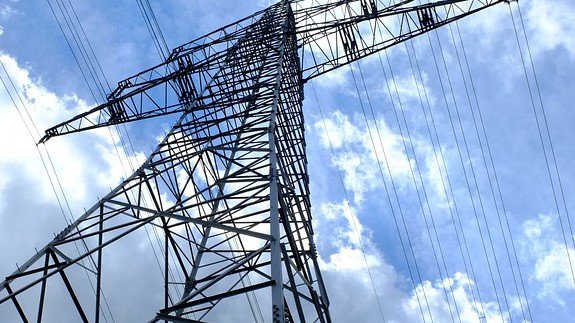National Grid has published the Triads for winter 2016/17, confirming the three half-hourly periods when demand was at its highest.
Triads are used by the grid operator to determine charges for customers with half-hour metering and payments to licence exempt distributed generation.
This identifies peak electricity demand at three points during the winter in order to minimise energy consumption.
Therefore, if businesses cut their energy use or switch to onsite generation during these periods, they can avoid a significant portion of their network charges for the year.
Embedded generators can also make revenues from triads. However Ofgem recently proposed reducing payments to small generators.
Triads can occur in any half-hour or any day between November to February but are separated from each other by at least 10 full days.
A National Grid spokesperson told ELN: “Triads historically happened between 5-6pm around December and January. However as more industrial users shift their usage, when it looks like it’s going to be a particularly cold day, Triads can help reduce peaks in demand.
“This can lead to the Triad moving to early November or the end of February. National Grid does not forecast the Triads. It uses detailed analysis of demand after the Winter, to work out the Triads each March.”





